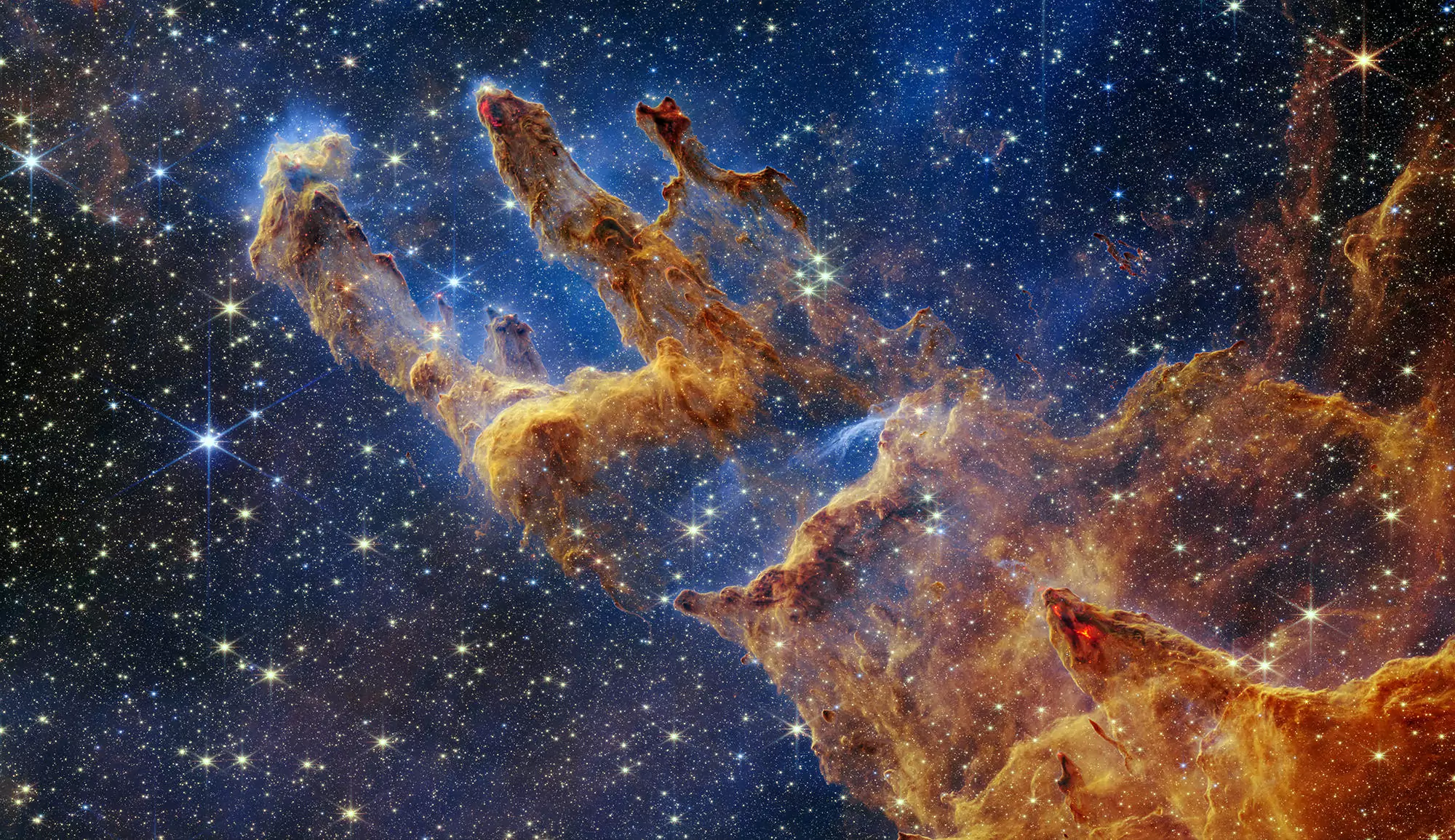Durig the 1990s, the first observations of an asteroïd passing between the Earth and the Moon were a complete surprise. Since then, systematic observation and the discovery of increasingly small objects have shown that many bodies do pass regularly in the vicinity of the Earth.
It has thus been found that about 345 bodies have skirted the Earth at distances less than that of the Moon, and some at very small distances. 20 asteroids have even passed by closer than the geostationary orbit (whose altitude is about 36 000 km).
On Thursday, October 12th 2017 at 5h42 UTC, 7h42 French time, the asteroid number 2012 will cross the Earth’s orbit at a geocentric distance of 50 151 km (+/- 6 km), i.e. at 1/8th of the distance of the Moon from the Earth (which is on the average equal to 384 400 km) with a speed of about 7.6 km/s.
Then, at 19h19 UTC, 21h19 French time, the asteroid will pass pass the Moon at a distance of 277 700 km.
Since its discovery in 2012, the asteroid 2012 TC4 was inaccessible to telescopic observation. Then, in 2017, on the 27th and the 31st of July, and again on the 5th of August, it was observed by Olivier Hainaut, Detlef Koschny and Marco Micheli of the European Space Agency (ESA) with the help of one of the 8.2m telescopes of the European Southern Observatory (ESO).

These new observations have enabled its orbit to be refined, by reducing the uncertainty in its distance from the Earth when it was closest on October 12th.
Characteristic
2012 TC4 is an Apollo type NEO, with a diameter of +between 10 and 20 m, i.e. of the same order of size as that which fell in Tchelyabinsk (Urals) in February 2013.
The accuracy of its predicted orbit, based on very many observations, shows that that there is no risk of an impact.
Although the possibility of a collision with 2012 TC4 has been eliminated, the surveillance of asteroids is a very serious activity at an international level. In Europe, this research is implemented in the framework of specific programs.
At the Paris Observatory, within the program ESTERS (Environnement Spatial de la Terre Recherche et Surveillance - Space environment of the Earth , research and surveillance), as within the European consortium NEOshield2, the LESIA (Laboratoire d’études spatiales et d’instrumentation en astrophysique) and IMCCE (Institut de mécanique céleste et de calcul des éphémérides) laboratories work on the physical
and dynamic characteristics of these bodies, by space exploration and
ground-based obsservations.

